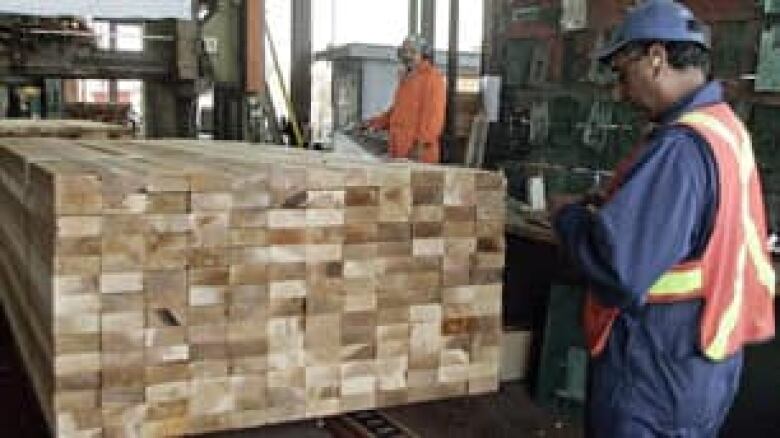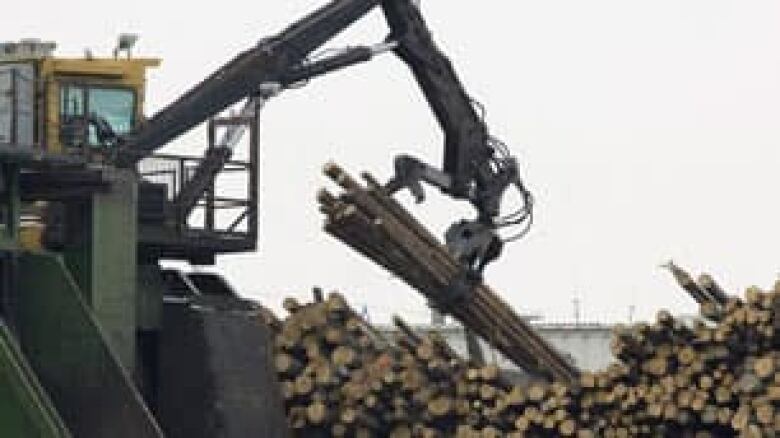Forestry losses worsening: report
The battered Canadian forestry sector continues to fight sluggish demand and pricing pressures, a report released Tuesday suggests.
"The third quarter financials for the sector are grim, adding to the tough times experienced over the last several years," said Craig Campbell, leader of consultant PricewaterhouseCoopers' performance improvement practice for the global forest and paper industry.

A report published Tuesday by PricewaterhouseCoopers found that the Canadian forest and paper industry lost $632 million in the third quarter of 2009, exceeding the$552 million reported in the same quarter of 2008.
Western lumber firms fared comparatively better than their eastern counterparts. The nine largest public forest and paper companies in the west posted losses of $210 million for the third quarter of 2009, compared to losses of $230 million reported for the prior year period.
In Eastern Canada, the six largest public forest and paper companies reported losses of $422 million for the third quarter of 2009, a further decline from the losses of $322 million for the comparable period of 2008, the report found.
On Tuesday, Tembec announced that it will put its newsprint mill in Pine Falls, Man., up for sale. The site has been shuttered since September.
Foreign rivals faring better
Conditions in the forestry industry look comparatively better in the United States, the report noted.
Ten of the largestAmerican forest and paper companies posted earnings of $1.2 billion USin the third quarter of 2009, up almost $500 million US from earnings of$733 million USin the same period of 2008.

All but two companies posted positive or improved earnings during the period.
Earlier this year, Washington offered $1.1 billion USworth of tax credits to firms for the use of "black liquor," a byproduct created when wood is processed into fibre, as a biofuel to generate energy. That tax credit is due to expire at the end of the year.
The Canadian industry looks even more like a laggard when compared internationally. Ten of the largest European-based forest and paper companies incurred overall losses of $689millionUS in the third quarter of 2009, comparable to losses of$715 million USreported in the third quarter of 2008.
And the 10 largest lumber firms in Japan and the developing world posted profits of $453 millionUSin the third quarter of 2009, up from $280 million USworth of lossesin the third quarter of 2008.
"Tough times have sparked some innovation in the sector," Campbell said."We are seeing some forest products producers tweaking operations to run more efficiently, taking advantage of government incentives [and] looking at potential new revenue streams from bio-energy products."












_(720p).jpg)


 OFFICIAL HD MUSIC VIDEO.jpg)
.jpg)



























































































